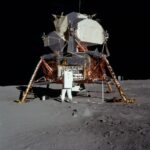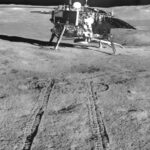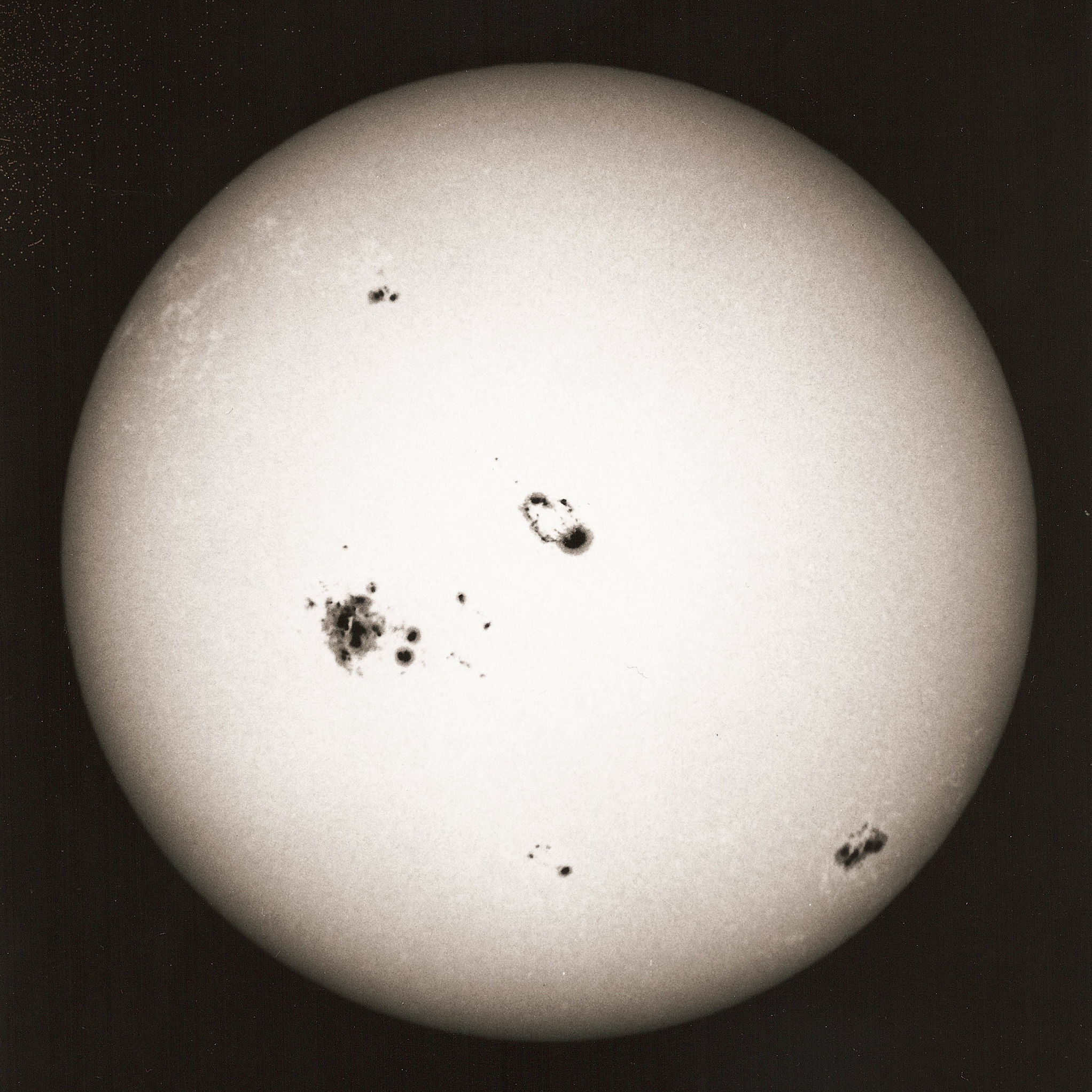
Nicholas Copernicus was born in Thorn, in what is now modern day Poland, in 1473. He was a man whose ideas revolutionized the way we understand the universe today.
Copernicus was not just an astronomer but a polymath. He had interests in economics, mathematics and other sciences.
The period that Copernicus lived, straddling the 15th and 16th centuries, sits on the cusp of the Renaissance—a time of profound intellectual and cultural change. In Copernicus’ lifetime, the printing press was just beginning to spread knowledge faster than ever before.
His growing interest in the heavens and the Earth’s place in the universe led Copernicus to attend the University of Krakow. The education he received here, and at later places of learning, gave him a ‘melting pot of ideas’, setting the stage for his visionary thinking.
The idea that turned his world—and the rest of the scholarly world—upside down, was the heliocentric view of the Universe. This was a bold departure from the widely-accepted geocentric worldview, which placed Earth at the center of the universe. Copernicus, however, proposed that the Sun, not Earth, was at the heart of our cosmic neighborhood. This theory also brought him into direct conflict with the Catholic Church whose teachings were that God had made the Earth the centre of the Universe.
This theory was first proposed by Aristotle back in 350 BCE. Pythagoras back in the 6th Century BCE who also proposed that the Earth was round based on his observations of Eclipses of the Moon.
Whether Copernicus was aware of these earlier theories or not, it is generally accepted that he most likely arrived at his Heliocentric Universe theory independently.
His magnum opus, ‘De revolutionibus orbium coelestium’ (On the Revolutions of the Celestial Spheres), published just before his death in 1543, laid down the astronomical models that would become a cornerstone for modern astronomy.
The significance of his work is monumental: Copernicus didn’t just propose a new theory—he initiated a paradigm shift in scientific thought. This wasn’t just about stars and planets; it was about challenging and expanding the boundaries of human knowledge.
Legacy of Nicholas Copernicus: Shifting Perspectives
Copernicus’ work wasn’t just a stroke of genius; it was a landmark that redefined human understanding. His model flipped the script, placing the Sun at the center, not the Earth. This wasn’t just controversial—it was revolutionary.
After 1543, the scientific community was split. On one side, you had proponents of the heliocentric model, on the other, defenders of tradition. Copernicus’ theories would bide their time, simmering on the back burner of science, until others like Galileo and Kepler brought them to a boil.
In fact, these ideas were so pivotal they kick-started what we now know as the Scientific Revolution or ‘Age of Enlightenment’. This profound period saw a cascade of discoveries and debates that have shaped our modern world. It was a time of awakening, where science began to show that the Universe was dynamic and everchanging. A break from the authoritarian teachings of the Church, mythology and superstition.
Copernicus’ theories was not wholly accepted by mainstream scientists of the time. Like all theories they need testing and proving. Copernicus’ theories could not be proved overnight and it was left to later scientists, like Kepler and Galileo to prove Copernicus’ theory correct.
Copernicus’ name is remembered today as one of the first astronomers to give us a new perspective on the way we see the Universe.







